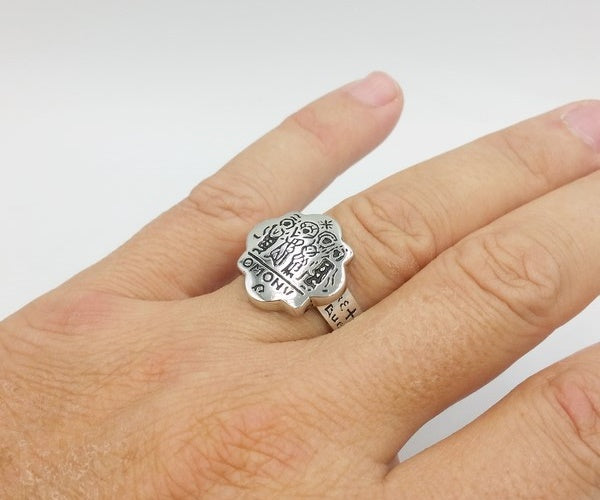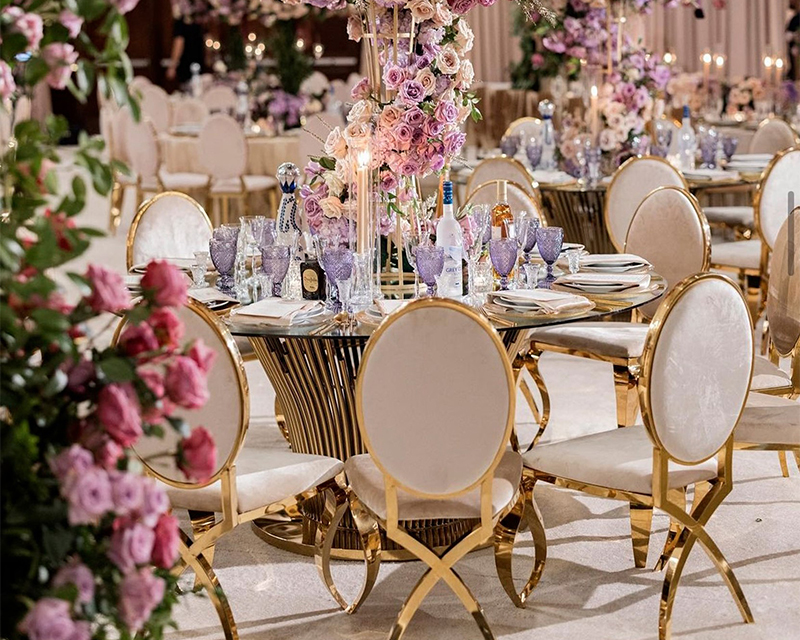The reproduction of antique jewelry is an opportunity to recreate and appropriate pieces of history that fascinate us, both for their design, so different from modern jewelry, and for their history, which reminds us of the origin of our civilization.
The British Museum in London exhibits incredible Byzantine rings, which recall the splendor of the Byzantine Empire, pearl of the Orient at a time when Christianity was very present there.
We therefore had the opportunity for one of our customers to reproduce one of these rings that you can find here on their site.

Bespoke tailoring project done via our online service, you can also find our more detailed article on the reproduction of antique jewelry here.
This ring has a wide hexagonal shank, each of the 7 available sides of which is decorated with scenes from the life of Christ and the Virgin Mary.
This ring is distinguished by the shape of the ring body and the shape of the ring plate as well, giving it a unique and characteristic style of this era. This original ring is dated between the 6th and 7th century AD, i.e. more than 1300 years old.
Ring design reproduction
For his project, our client wanted to be strongly inspired by this Christian oriental ring design in order to copy the upper plate of the ring, while having his own figures engraved on the other 7 sides of the ring body.
The 3D modeling phase of the project therefore allowed us to model his project so that he could validate the design in every detail, thanks to the visual rendering of the digital model.

This visual shows you the digital modeling of our client’s ring project

Here is an overview of the final rendering of the silver ring even before its manufacture, this allows you to validate the design and avoid misunderstandings about the design of the ring
Byzantine ring making
Once the design of the project has been validated in every detail, we can move on to manufacturing the master.
This is done using the digital tool again, since it is the same project modeling file that we use to 3D print the master of our ring.
The one-to-one printing of the 300 layers of 25 microns constituting our ring will allow us to obtain a wax master in all respects identical to the computer project sculpted virtually before.

This wax master is then used to make a refractory plaster mold which will take the imprint of the smallest details of the ring. The wax master of the ring is then destroyed by passing the plaster mold through an oven programmed according to different temperature curves.
When the master is evaporated and the plaster mold at the right temperature, we can pour the molten silver into the mold and then obtain our raw silver ring from the foundry.
The ring is then reworked and detailed to highlight all the engraving details present on all sides of the ring.

On this photo, we find the engraving of Christ and the Virgin Mary both being blessed and below the inscription in Greek OMONYA which means CONCORDE.



About Byzantine Jewelry
Byzantine jewelry has marked Occidental history by the wealth of its creations. Heir of the Roman culture, the Byzantine empire was particulary rich in gold and gems and under the influence of the Oriental world.
Byzantine Jewelry is characterized by a strong reproduction of Christian iconography on jewelry (lile the ring presented before) and a massive use of gold for jewelry making as it was abundant for them.
One of the most notable fact about Byzantine jewelry is the Justinian Code from 529 A.D regulating the wearing and usage of jewelry and gems in the Byzantine society.

More Antique ring creations
Here is a brief presentation of antique ring design we had the opportunity to work on for our clients.
 |
 |

For more information:




